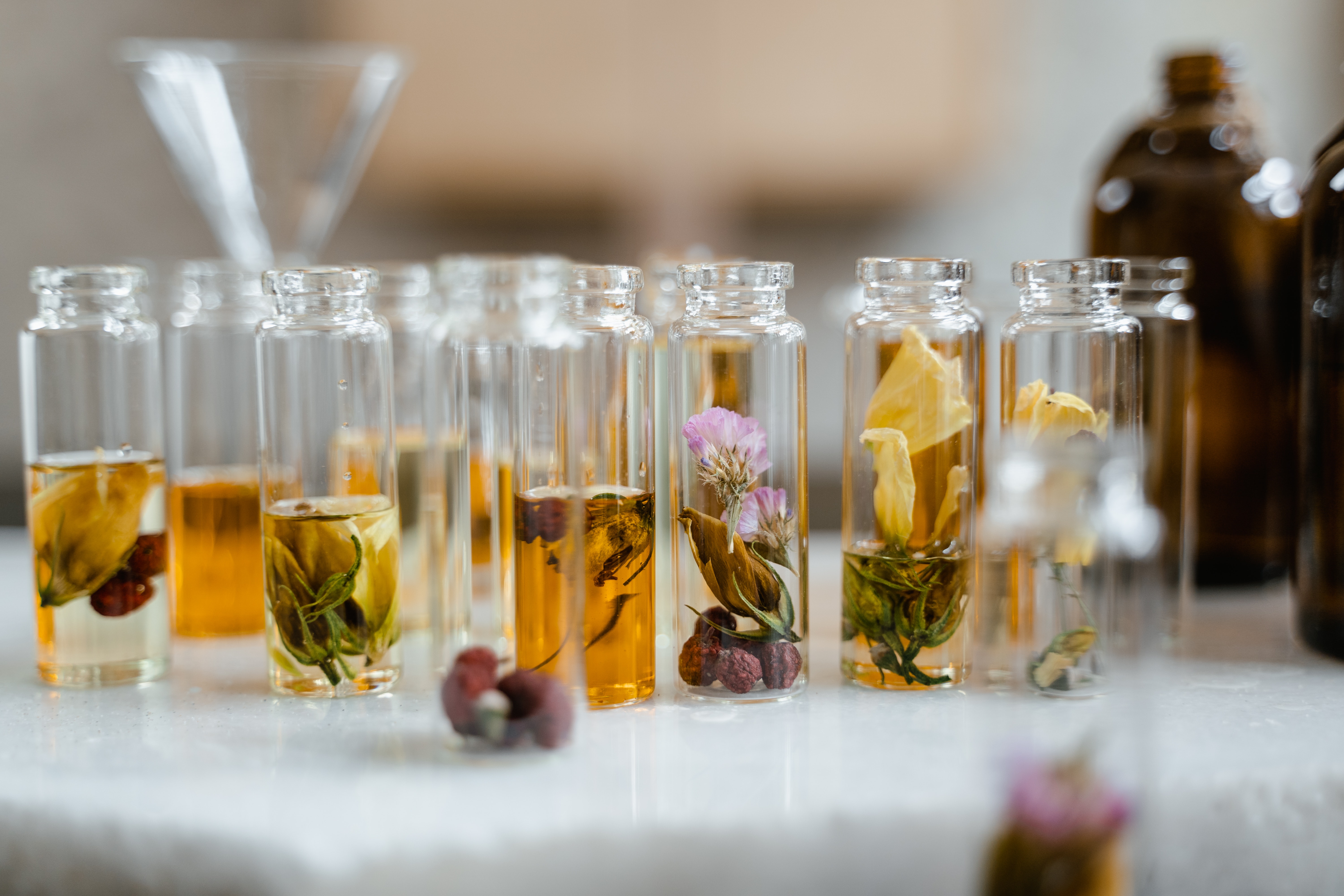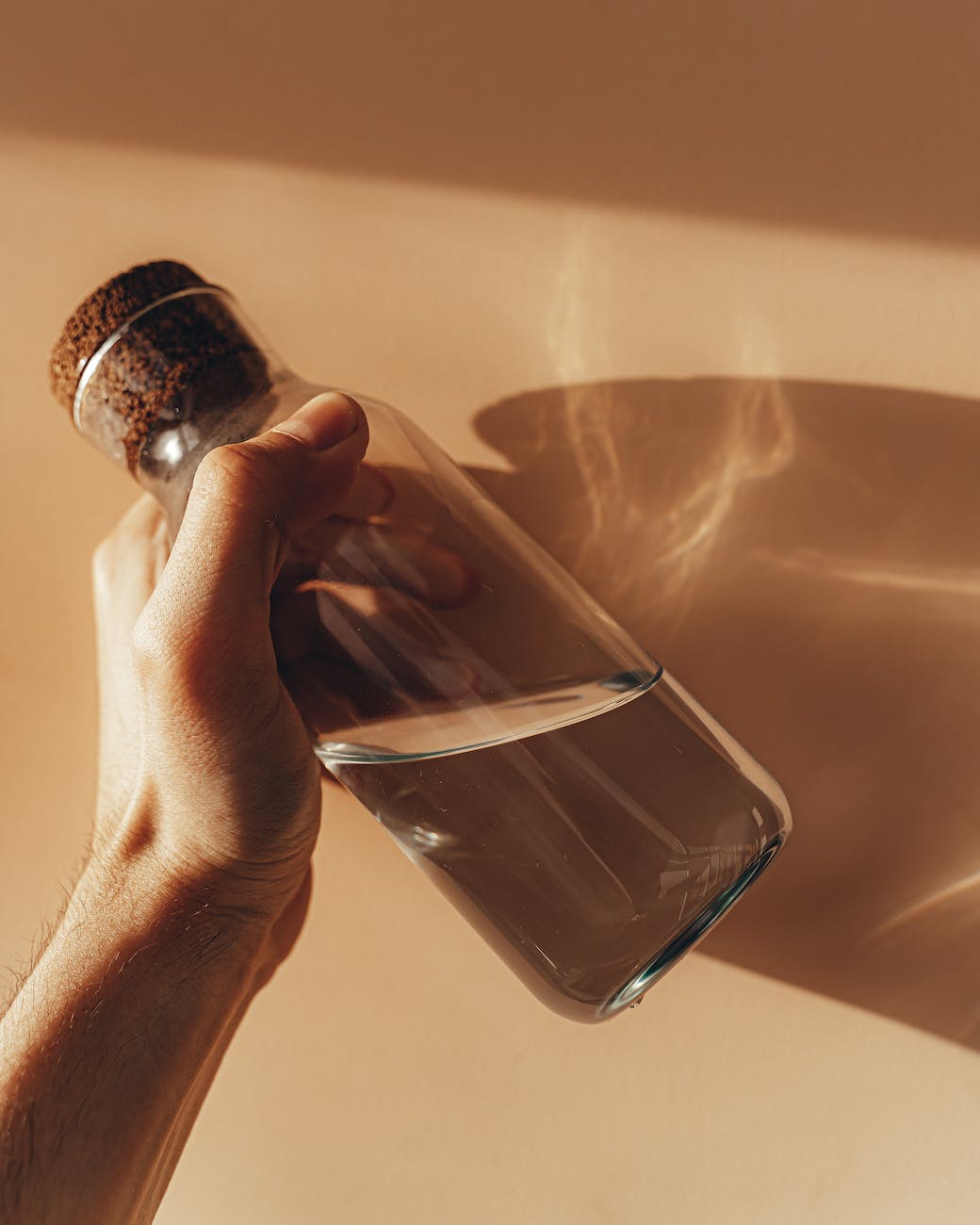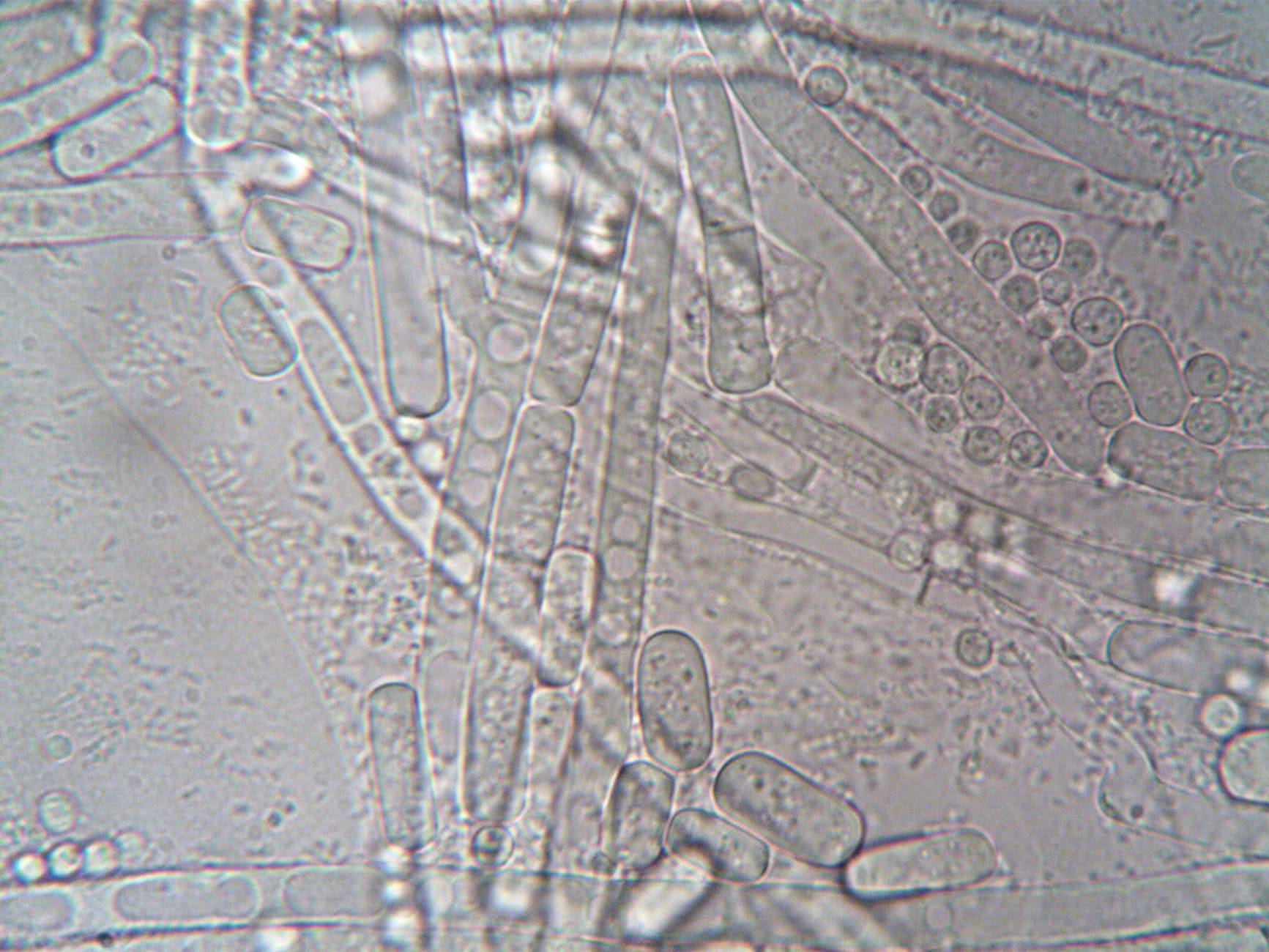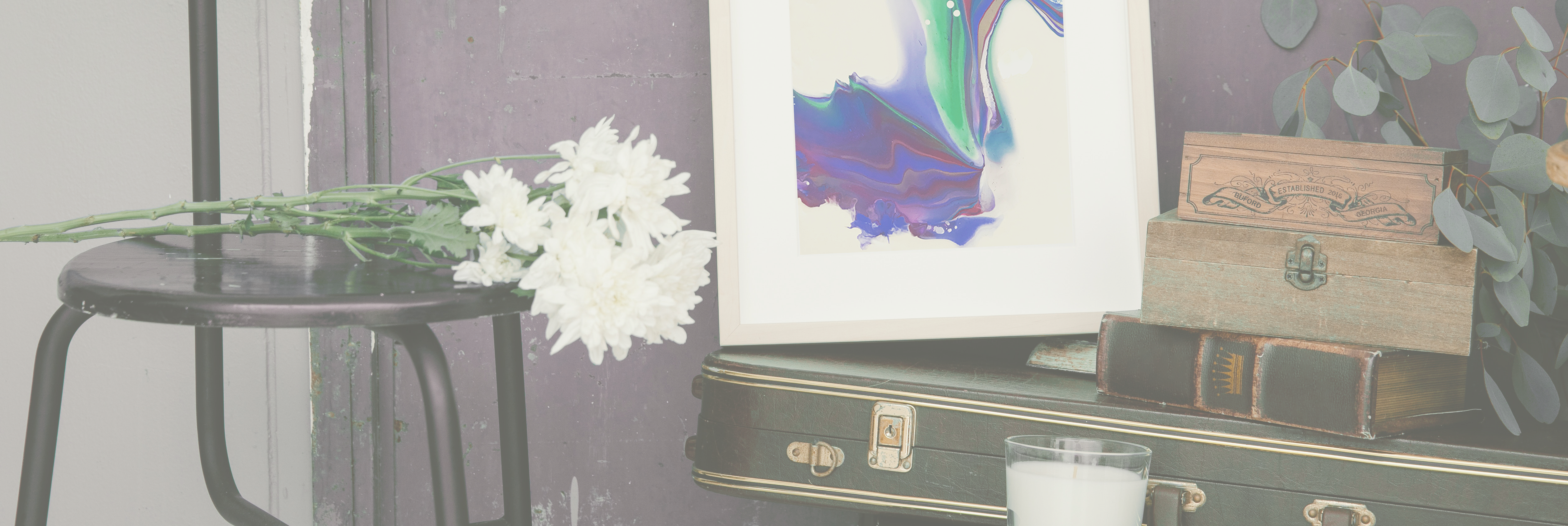WHY IS MY SENSORY BOTTLE CLOUDY?

Unraveling the Enigma: Why Do Sensory Bottles Turn Cloudy?
As we traverse the mist-laden path, we encounter the enigma of cloudy sensory bottles. We shall shed light on this puzzling phenomenon. Delve with us into the depths of understanding as we uncover the various reasons why these shimmering vessels lose their pristine clarity. From improper ingredient handling to the passage of time, we explore the factors that contribute to the cloudiness that sometimes obscures the magic within.
The Mystery of Cloudy Sensory Bottles
Ah, the enigma of cloudy sensory bottles! You may have found yourself mesmerized by the captivating swirls of glitter and soothing colors in your sensory bottle, only to discover that it has turned cloudy over time. Fear not, Dear Sensory Creator, for we are about to unravel the secrets behind this cloudy conundrum.
Extreme Temperature Changes

One of the common culprits behind cloudiness in sensory bottles is temperature fluctuations. When exposed to extreme temperatures or rapid changes in temperature, the delicate balance within the bottle can be disrupted, resulting in condensation and cloudiness. If you’ve embarked on a wild untamed or uncontrolled; living in a natural state and not domesticated hike to a cozya feeling of warmth and comfort, suggesting softness, relaxation, or homeliness beach bonfire and in the midst of the crackling flames, you place your beloved sensory bottle on the edge of a hotpot, drawn to the mesmerizing dance of the fire. Little did you know, the high heat emanating from the bonfire could be the cause of your sensory bottle’s cloudy appearance.
untamed or uncontrolled; living in a natural state and not domesticated hike to a cozya feeling of warmth and comfort, suggesting softness, relaxation, or homeliness beach bonfire and in the midst of the crackling flames, you place your beloved sensory bottle on the edge of a hotpot, drawn to the mesmerizing dance of the fire. Little did you know, the high heat emanating from the bonfire could be the cause of your sensory bottle’s cloudy appearance.
Or, perhaps you left your sensory bottle inside a scorching hot having a high degree of heat or a high temperature car on a sweltering summer day, unwittingly subjecting it to the intense heat. The internal materials, sensitive to these drastic temperature changes, may have expanded or contracted, releasing particles into the water and resulting in condensation and a cloudy appearance.
having a high degree of heat or a high temperature car on a sweltering summer day, unwittingly subjecting it to the intense heat. The internal materials, sensitive to these drastic temperature changes, may have expanded or contracted, releasing particles into the water and resulting in condensation and a cloudy appearance.
The key lies in understanding the sensitivity of the materials within the sensory bottle. Just like us, they can be affected by extreme conditions. So, it’s important to keep in mind that exposing a sensory bottle to high degrees of heat or sudden temperature shifts can disrupt the delicate equilibrium within, leading to the unfortunate cloudiness that mars its enchanting charm.
Water Quality
The quality of the water you choose for your sensory bottle is a crucial factor in maintaining its clarity. Believe it or not, the very essence that fills your sensory bottle can have a significant impact on its visual appeal.
One common culprit is hard water, which is known for its high mineral content. Over time, these minerals can accumulate and create a hazy appearance within your sensory bottle. It’s as if a thin veil has been cast over the enchanting world you’ve carefully crafted. However, there are practical remedies at hand.
Consider opting for filtered or distilled water when concocting your sensory masterpiece. These types of water undergo processes that remove impurities, ensuring a clearer and more transparent liquid. By choosing filtered or distilled water, you’re providing your sensory bottle with a pristine canvas for the glitter to dance and sparkle, unhindered by the unwanted effects of mineral build-up.
Furthermore, it’s worth noting that tap water may contain chlorine or other chemicals used for purification purposes. These chemicals can impact the transparency of the liquid. By opting for filtered or distilled water, you’re not only reducing the likelihood of mineral-induced cloudiness but also minimizing the presence of any chemicals that may hinder the visual allure of your sensory bottle.
In essence, the clarity of your sensory bottle is closely tied to the water you choose. By embracing the use of filtered or distilled water, you’re ensuring that the captivating world you’ve created remains untainted and the glitter within can shimmer and shine, evoking a sense of awe and wonder.
Residue or Sediment
Another factor that can contribute to cloudiness in your sensory bottle is the presence of residue or sediment. This residue can come from various sources, such as glitter, glue, or other materials used in the creation of the bottle. Over time, these particles can settle and create a hazy appearance, obscuring the desired visual effect.

To prevent and mitigate the buildup of residue, it’s important to ensure thorough cleaning and proper sealing of the sensory bottle. Begin by disassembling the bottle and removing all the add-ins, such as glitter, beads, or any other decorative elements. Place these add-ins in a large bowl filled with warm water and a few drops of dish soap.
Gently agitate the water to loosen any residue or particles clinging to the add-ins. You can use your hands or a soft brush to scrub them, ensuring that all surfaces are thoroughly cleaned. Rinse the add-ins under warm running water to remove any soap residue.
Next, it’s time to clean the bottle itself. Fill the bottle halfway with warm water and add a few drops of dish soap. Secure the lid tightly and shake the bottle vigorously, allowing the soapy water to reach all areas inside. This will help dislodge any residue or sediment that may have accumulated.
After shaking, empty the soapy water and rinse the bottle thoroughly under running water. Use a bottle brush to scrub the crevices in long bottles. Repeat the rinsing process until the water runs clear and free from any soap residue.
Once both the add-ins and the bottle are clean, allow them to air dry completely before reassembling the sensory bottle. Make sure to seal the bottle tightly to prevent any moisture or debris from entering and causing cloudiness.
By following these cleaning steps and ensuring proper sealing, you can minimize the presence of residue and maintain the clarity of your sensory bottle, allowing the glitter and other elements to shine and captivate.
Mold or Bacterial Growth
Unfortunately, sensory bottles can become a cozy home for unwelcome guests like mold or bacteria. These microorganisms can thrive and multiply in environments that provide moisture and organic matter. If your sensory bottle has been exposed to exterior moisture, such as rain or water during bath time, or if there are any organic materials inside, such as food coloring or natural additives, they can provide a breeding ground for microbial growth.

When mold or bacteria start to colonize inside the bottle, it can lead to cloudiness and may also produce unpleasant odors. These signs of contamination not only affect the visual appeal of the sensory bottle but also pose potential health risks, especially for individuals with sensitivities or allergies.
To prevent the growth of mold or bacteria and maintain the clarity and hygiene of your sensory bottle, it’s crucial to follow some important guidelines. Firstly, ensure that the materials used to create the sensory bottle are clean and free from any organic debris or residue. Thoroughly wash and dry any decorative elements, such as figurines or beads, before adding them to the bottle.
Regularly inspect your sensory bottles for any signs of contamination. Look for discoloration, slimy textures, or foul odors. If you notice any of these indicators, it’s important to take immediate action. Disassemble the bottle, remove all contents, and thoroughly clean and disinfect each component. You can use a mixture of equal parts water and white vinegar or a mild bleach solution to sanitize the bottle and can help remove stains, cloudiness, and odors. Rinse everything thoroughly and allow it to air dry completely before reassembling.
- Soak bottle in a 1:1 mixture of WHITE VINEGAR and WATER, and then rinse with cold water
It’s also a good practice to periodically replace the water and inspect the contents of the sensory bottle for any signs of deterioration. If you notice that the water has become cloudy or the add-ins show signs of mold or other contamination, it’s best to discard them and start fresh with clean materials.
By maintaining proper hygiene, regularly inspecting your sensory bottles, and promptly addressing any signs of contamination, you can ensure that your sensory experiences remain safe, pleasant, and free from cloudiness or unpleasant odors.
Troubleshooting Tips: Restoring the Sparkle to Our Sensory Bottle
Here we stand at the crossroads of cloudy disappointment and sparkling restoration. Armed with our troubleshooters’ toolkit, we unveil a plethora of solutions to guide you towards resplendent clarity. Discover the alchemy of filtration methods, the art of ingredient refinement, and the secrets to salvaging a once-clouded gem. Follow this guidance, and our sensory bottles shall once again glisten with irresistible allure. Below, I’ve compiled a list of things to try to restore clarity to our cloudy sensory bottle:
- Empty and Clean: Start by emptying the contents of the bottle and thoroughly cleaning it. A bottle brush can help get to the bottom of tall bottles. Rinse the bottle with warm water and mild soap, ensuring that you remove any residue or sediment that may have accumulated. Pay extra attention to the cap and any crevices where dirt or mold can hide. Find a new bottle to move the contents into and cut the old bottle over a large bowl if the cap was sealed.
- Water Replacement: If the water you initially used was tap water, consider using filtered or distilled water to refill the sensory bottle. This can help minimize impurities and reduce the chances of cloudiness.
- Sealing Technique: Check the sealing of your sensory bottle. If there are any leaks or gaps, it could allow air or moisture to enter, leading to cloudiness. Make sure the bottle is tightly sealed to prevent any external elements from affecting its clarity. Try plumbers’ tape or use a permanent adhesive sealant.
- Storage Conditions: Pay attention to where you store your sensory bottle. Keep it in a dry and cool environment, away from direct sunlight or extreme temperatures that can crack and crinkle the add-ins. Avoid exposing it to moisture or damp areas to minimize the risk of mold or bacterial growth.
- Cleaning Schedule: Establish a regular cleaning schedule for your sensory bottles. Depending on usage, seal, and the contents inside, it’s advisable to clean them at least once a month or more frequently depending on how much it gets used. Regular cleaning helps maintain the clarity and overall condition of the bottle.
Crafting a Small World: Sensory Bottle Theme Ideas for All Ages
And now that we are experts at caring for our beloved sensory bottles, here are some of the most popular theme ideas from the Sensory Bottles Board for crafting new mesmerizing contraptions:
- Ocean Adventure: blue food coloring, seashells, mini plastic sea creatures, and blue glitter.
- Fairy Garden: moss, small artificial flowers, tiny mushrooms, and iridescent glitter.
- Galaxy
 a large group of stars held together by an impressive force : FOUND IN : Land of the Moon - GLOSSARY CARDS Exploration: metallic star-shaped confetti, black and purple food coloring, and glow-in-the-dark stars.
a large group of stars held together by an impressive force : FOUND IN : Land of the Moon - GLOSSARY CARDS Exploration: metallic star-shaped confetti, black and purple food coloring, and glow-in-the-dark stars. - Rainbow Delight
 a feeling of great pleasure and satisfaction : FOUND IN : Land of the Moon - GLOSSARY CARDS: colored water beads, rainbow sequins, and liquid watercolors.
a feeling of great pleasure and satisfaction : FOUND IN : Land of the Moon - GLOSSARY CARDS: colored water beads, rainbow sequins, and liquid watercolors. - Dinosaur Excavation: mini plastic dinosaurs, sand, and rocks
- Under the Sea: blue and green water beads, mini seahorses, and plastic seaweed
- Space Odyssey: silver glitter, silver star-shaped confetti, and black and silver sequins
- Jungle Safari: small plastic animals, green food coloring, and fake leaves
- Winter Wonderland: fake snow, silver glitter, and mini snowflakes
- Secret Garden: artificial flowers, leaves, and natural scents like lavendera pale purple color, often used to evoke relaxation, tranquility, or healing or rose
- Color Splash: assorted colorful beads, buttons, and liquid watercolors
- Magic Potion: clear glue, colorful beads, and neon food coloring
- Construction Zone: mini toy construction vehicles, colored sand, and rocks
- Sports Spectacle: mini plastic sports balls, colored water, and team-colored glitter
- Farm Life: mini plastic farm animals, dried corn kernels, and straw
- Outer Space: silver pipe cleaners, foam planets, and silver glitter
- Fairy Tale Adventure: mini castles, unicorns, and fairy dust (iridescent glitter)
- Circus Carnival: mini plastic circus animals, colorful pom-poms, and confetti
- Autumn Harvest: colored leaves, mini pumpkins, and cinnamon sticks
- Princess Party: plastic princess figurines, pink or purple water beads, and sparkly sequins
BONUS ROUND! Here are some grown-up themes for sensory bottles and small worlds of our own:
- Beach vacation: sand, seashells, and mini beach toys
- Spa day: lavender essential oil and dried flower petals
- Forest hike: pinecones, small rocks, and twigs
- Wine country: corks, mini wine bottles, and grape-scented oil
- Coffee break: coffee beans and a hint of vanilla extract
- City skyline: mini plastic buildings and small LED lights to create a cityscape
- Zen garden: small rocks, sand, and mini Zen garden tools
- Night sky: glitter and mini stars to create a starry night effect
May your glitter always sparkle,
Mrs. Autumn
Designer, Storyteller, and Sensory Experience Enthusiast
Psst ☞ Some of the links included in this post are affiliate links & I may earn a commission on sales made through them.

What the Chrysanthemum Knows
a Chrysanthemum Stories Chronicle
of Immersive Sensory Creations
Dive deeper into the enchanting world of sensory exploration! Subscribe to the Chrysanthemum Stories newsletter and receive exclusive content directly to your inbox. Stay connected with our community of sensory adventurers and discover more tips, techniques, and captivating stories that will ignite your imagination and enhance your sensory experiences.




